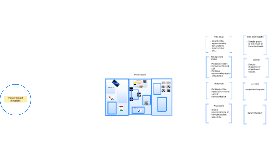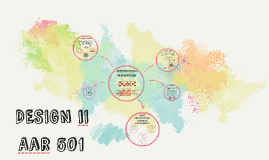Crime Board Template
Transcript: Introduction to Crime Boards Crime Board Template Purpose of Crime Boards Crime boards facilitate the visualization of relationships between various pieces of information, aiding in the identification of patterns and connections that may not be immediately obvious through traditional methods. Importance in Investigations Utilizing crime boards enhances collaborative efforts among investigators, detectives, and analysts, streamlining communication and promoting a shared understanding of complex cases. Overview of the Template The crime board template provides a structured approach, incorporating elements like timelines, relationships, and types of evidence, ensuring comprehensive coverage of all case aspects. Components of the Crime Board Visual Layout Key Elements The visual layout of a crime board is crucial for presenting information clearly. It should allow quick access to data, ensuring that all elements are logically positioned to facilitate an effective analysis of the case. Key elements such as dates, locations, and evidence form the backbone of the crime board. Each element must be accurately represented to help identify connections between suspects, victims, and incidents. Integration with Technology Use of Color Coding Integrating technology into crime boards allows for real-time updates and data sharing. Tools such as digital mapping and case management software enhance collaboration and streamline operations, contributing to more effective investigations. Color coding enhances information retrieval by categorizing elements based on their type or importance. For example, using red for critical evidence and blue for witness accounts promotes quicker recognition and analysis of vital data. Case Study Examples Best Practices for Crime Board Usage A Comprehensive Guide for Analyzing and Solving Crimes Successful Crime Board Applications Collaboration Among Team Members Updating and Maintaining the Board Successful crime board usage hinges on effective collaboration, allowing team members to share insights, identify connections, and discuss findings in real-time. Collaborative efforts ensure that diverse perspectives contribute to a more comprehensive understanding of the case. Regular updates to the crime board are essential for accuracy and relevance. Maintaining current evidence, timelines, and leads can significantly impact the investigation's direction and effectiveness, allowing for strategic adjustments as new information emerges. Law enforcement agencies have utilized crime boards to connect dots in complex cases, such as the capture of infamous serial killers. Effective organization of evidence and timelines led to increased collaboration and faster resolution of investigations. Ethical Considerations in Crime Analysis Leveraging for Strategy Development Lessons Learned from Past Cases Adhering to ethical guidelines is paramount in crime analysis. Investigators must ensure that information on the crime board is handled with confidentiality and respect for involved individuals while maintaining the integrity of the investigative process. Crime boards serve as powerful tools for strategizing investigative steps. By visualizing patterns and connections, teams can identify crucial leads and prioritize actions, thus enhancing the efficiency of resource deployment in solving cases. Past cases indicate that well-structured crime boards improve information retention and team coherence. Emotional biases can be reduced when decisions are based on visualized evidence and organized data. Analyzing Notorious Criminal Cases High-profile cases like the Zodiac Killer illustrate the power of crime boards in visually representing suspects, locations, and timelines. These boards help pinpoint patterns that facilitate deeper psychological profiles of criminals.

















